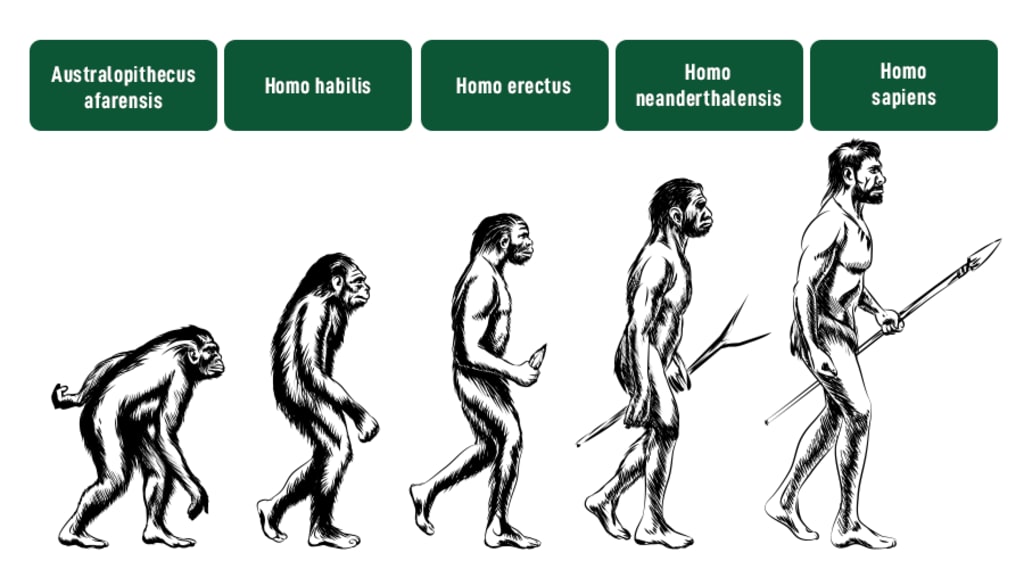
In the intricate dance of evolution, the human body stands as a testament to millennia of adaptation and survival. We have enlarged our brains, erected our spinal cord and reduced body hair over the period of time. Yet, as we marvel at the complexity of this perfectly balanced machine, one cannot help but question the necessity of every component. Are all our organs essential, or are some merely remnants of an ancient evolutionary journey, like artifacts in a cosmic museum? This article does not consider the advancements in cosmetic surgery where our body parts can be altered artificially.
Consider the case of wisdom teeth, those elusive third molars tucked away in the recesses of our mouths. While once crucial for chewing animal foods, organs and glands in particular, they now often find themselves in the dentist's chair, deemed unnecessary by many. Approximately 22% of people globally lack all four wisdom teeth, a testament to the variability in human anatomy. Evolutionary biologists propose that our shrinking jaws and dietary changes over time contribute to their diminished role, raising the intriguing possibility of their eventual disappearance from the human evolutionary blueprint.
Venturing into the nasal realm, we encounter the mysterious vomer nasal organ, a seemingly obsolete feature. While rodents and certain mammals use this organ to communicate via pheromones, its human counterpart, the VNO, appears to be a mere relic. Neuroscientists reveal that the human VNO lacks the cellular structure found in functional counterparts, leaving its purpose shrouded in uncertainty. As we explore the intricacies of this vestigial organ, its fate in the grand evolutionary narrative remains uncertain.
Tails, a distinctive feature of many animals, weave a fascinating tale of our embryonic past. Surprisingly, humans start their developmental journey with a tail, complete with vertebrae, within the confines of the womb. This embryonic tail eventually disappears, leaving behind the tailbone, a silent reminder of our shared ancestry with other mammals. As humans stand apart in the absence of tails, occasional vestigial tails observed at birth underscore the remarkable variations possible in the tapestry of human development.
The enigmatic plica semilunaris, a fold of membrane in the inner corner of human eyes, echoes the lingering echoes of evolution's touch. A remnant of a third eyelid, still present in some animals, this fold in humans appears to serve no discernible function. Our DNA evolved with the specific nourishment of sleep, movement, sun exposure and temperature conditioning. Yet, as we delve into the diversity of eye adaptations across species, the plica semilunaris stands as a testament to the evolutionary road not taken.
In contemplating the future, the impact of technology on our bodies emerges as a compelling narrative. The prevalence of "text claw" and the physical consequences of prolonged device usage beckon us to reconsider our relationship with technology. A speculative glimpse into the future introduces Mindi, a fictional embodiment of the potential physical changes wrought by our technological dependence. While Mindi's exaggerated alterations may remain fictional, they offer a cautionary tale, urging us to adopt mindful practices in the face of evolving lifestyles.
As we traverse the landscape of hypothetical futures, the possibility of physical transformations lingers. Reduced sizes, implanted memory enhancers, and visible technology integrated into our appearance open windows into speculative realms. Colonizing Mars introduces the prospect of adapting to lower gravity, a scenario where longer limbs or insulating body hair may become evolutionary advantages.
In contemplating the unknowns of our future evolution, the human story remains an unfolding narrative. The complexities of adaptation, the vestiges of our ancestral past, and the impacts of modern living converge to shape the ever-evolving mosaic of humanity. While the specifics remain elusive, the journey toward an uncertain future promises to be, if nothing else, undeniably intriguing.
About the Creator
Prabu R
Another human being on this planet! A peace loving being






Comments
There are no comments for this story
Be the first to respond and start the conversation.